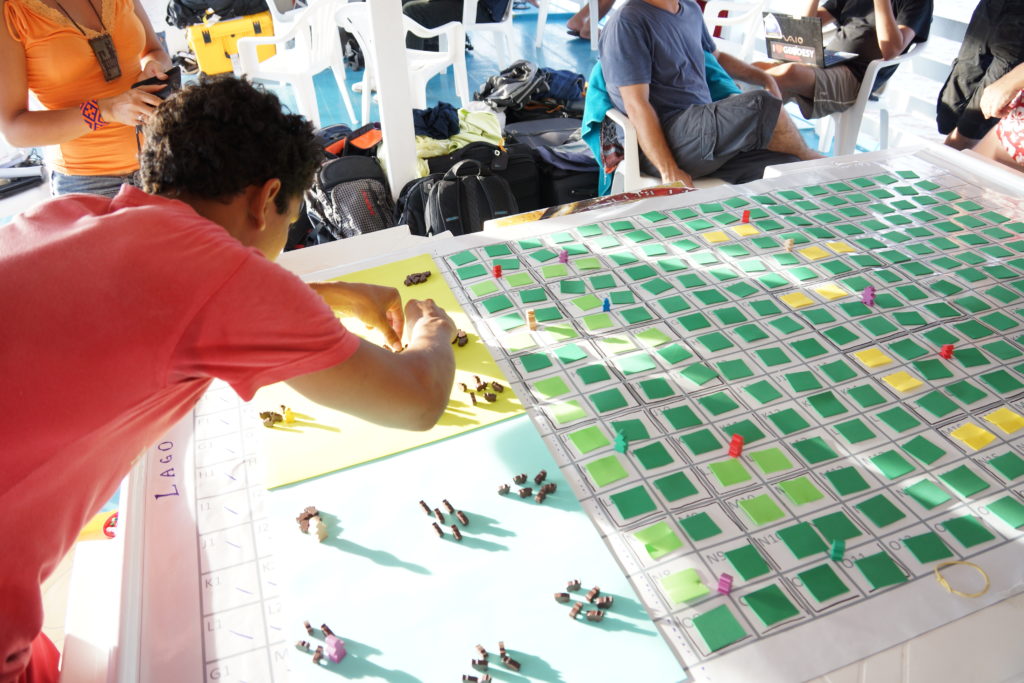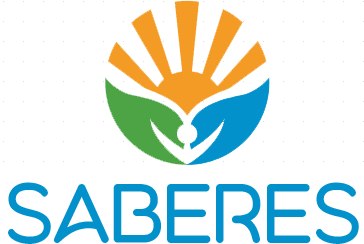We will engage local stakeholders (fishers, farmers) in developing fisheries and land use strategies to cope with climate change while preserving wetland and adjacent upland biodiversity and fundamental ecosystem services under the different hydroclimatic scenarios produced in WP2. Following a Companion Modelling approach (Etienne, 2013), we will use agent-based models (ABMs) that represent social agents, their different strategies regarding fisheries or land use choices, their interactions, and the ecological dynamics linked with their practices. Simulations will integrate social and ecological dynamic factors and analyze some possible trajectories of the socio-ecological system. Working in communities of Lake Curuai, Biommel et al. (2016) previously developed a model of farmer practices and impacts on land cover, using a representative transect of four communities from floodplain to upland. Our partner BONDS project will allow us to gather additional information on fishing practices and to implement the model at the floodplain scale. Focusing only on the Curuai site, our SABERES team will gather additional knowledge on local actors’ practices, improve the representations of fish yields and biodiversity dynamics using WP3 results, and explore future scenarios produced in WP1 under co-management policies proposed in WP5. T4.1 will consolidate the ABM from information of a larger set of communities. T4.2 will explore co-management policies comparing several scenarios in terms of management (current, no regulation, co-management from WP5) under climatic projections in contrasted communities. It will permit a collective understanding of the possible management implications and an assessment of their sustainability as the climate changes. Using ABMs in T4.3 will facilitate examination of the influence of the spatial distribution of local activities and assessment of the Utilization Plan for each PAE (Agro-extractive Settlement), in concert with the organization in charge of its management and unions.

